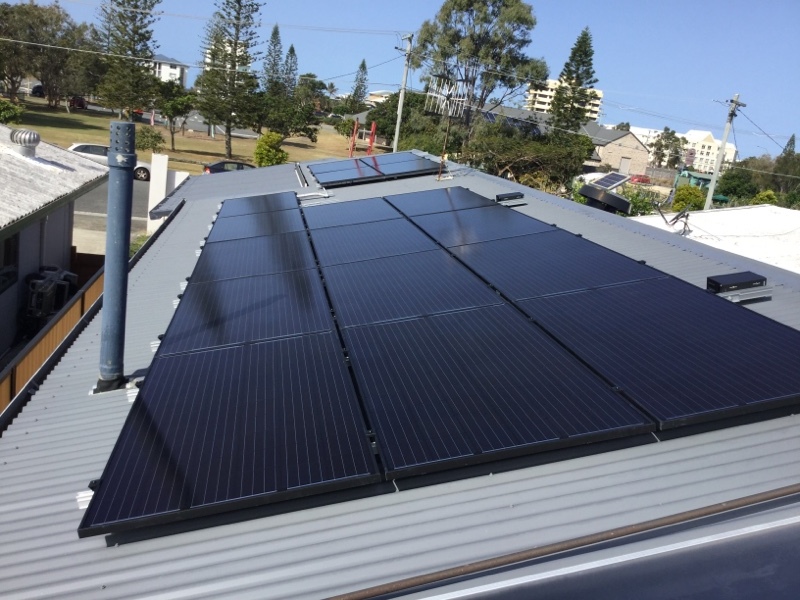In a country renowned for its abundant sunshine and commitment to renewable energy, solar power has become an integral part of the Australian energy landscape. But how exactly do solar panels work to harness this natural resource?
1. The Basics: Understanding the Photovoltaic Effect
At the heart of every solar panel is the photovoltaic effect, which allows sunlight to be converted into electricity.
-
- When sunlight hits the solar panel’s surface, it excites electrons in the semiconductor material, generating an electric current.
-
- This direct conversion of sunlight into electricity forms the foundation of solar panel technology used across Australia.
2. The Anatomy of a Solar Panel: Components Designed for Efficiency
Solar panels in Australia are crafted with layers of materials aimed at maximizing energy conversion in our unique climate.
-
- High-quality photovoltaic cells, often made of silicon, are meticulously arranged on the panel’s surface to capture sunlight efficiently.
-
- These cells are interconnected by robust metal conductors and protected by durable glass or plastic coatings, ensuring longevity in Australia’s harsh environmental conditions.
3. Capturing Sunlight: Optimizing Solar Panel Orientation and Angle
In Australia, optimizing the orientation and angle of solar panels is crucial to maximize energy production.
-
- Solar panels are ideally installed facing north (in the southern hemisphere) to capture the maximum amount of sunlight throughout the day.
-
- Adjusting the panel’s tilt according to the geographical location and seasonal variations further enhances energy capture, ensuring optimal performance year-round.
4. Inverter: Adapting Solar Energy for Australian Homes
Converting solar-generated direct current (DC) into usable alternating current (AC) is facilitated by inverters, a vital component of solar power systems in Australia.
-
- As most Australian households and businesses operate on AC electricity, inverters play a pivotal role in ensuring seamless integration of solar-generated power into existing electrical grids.
-
- Advanced inverters are equipped with features such as monitoring and grid support capabilities, enhancing the reliability and efficiency of solar energy systems across Australia.
5. Harnessing Solar Energy Down Under: Applications and Benefits
Solar power in Australia is not just a renewable energy source; it’s a game-changer for homes, businesses, and communities across the country.
-
- From powering residential homes to driving industrial operations, solar energy offers a clean, reliable, and cost-effective alternative to traditional fossil fuel-based electricity.
-
- With abundant sunshine and supportive government incentives, Australian households and businesses are increasingly embracing solar power, reaping the benefits of lower energy bills, reduced carbon emissions, and greater energy independence.
Embracing Solar Power in the Great Southern Land
As Australia continues to harness its abundant solar resources, the future of energy looks brighter than ever. Solar panels offer a sustainable solution to Australia’s energy needs by reducing reliance on fossil fuels and paving the way for a cleaner, greener future. With ongoing technological advancements and a growing commitment to renewable energy, solar power will undoubtedly play a leading role in shaping Australia’s energy landscape for generations to come.






